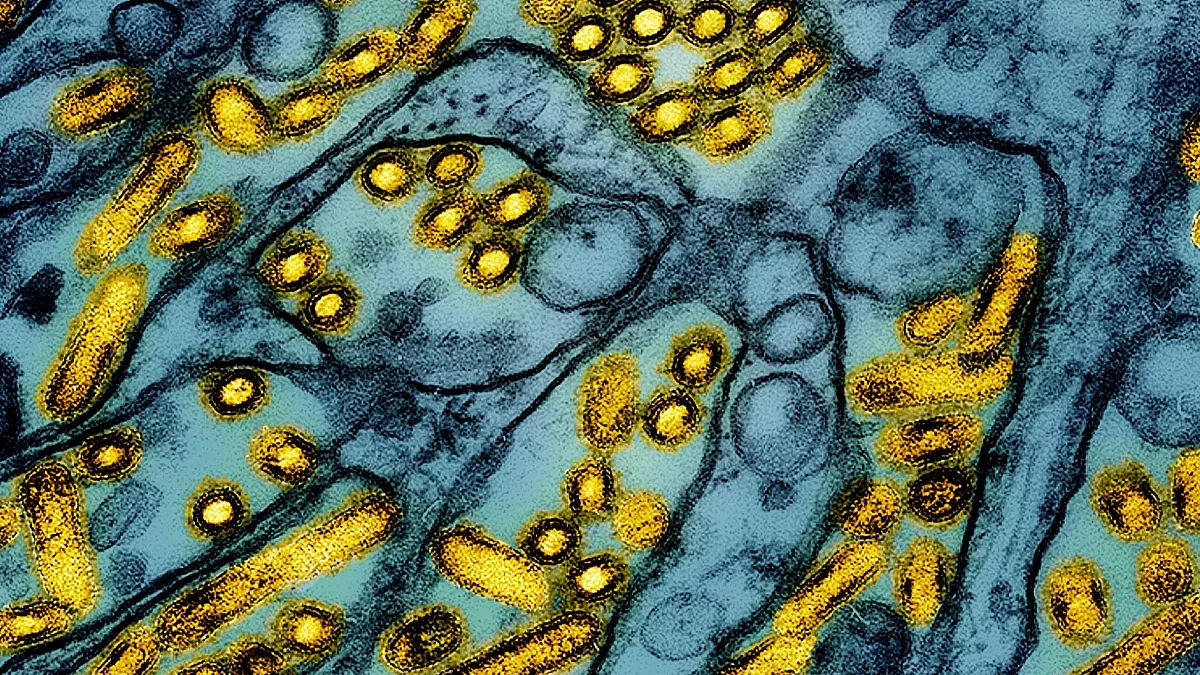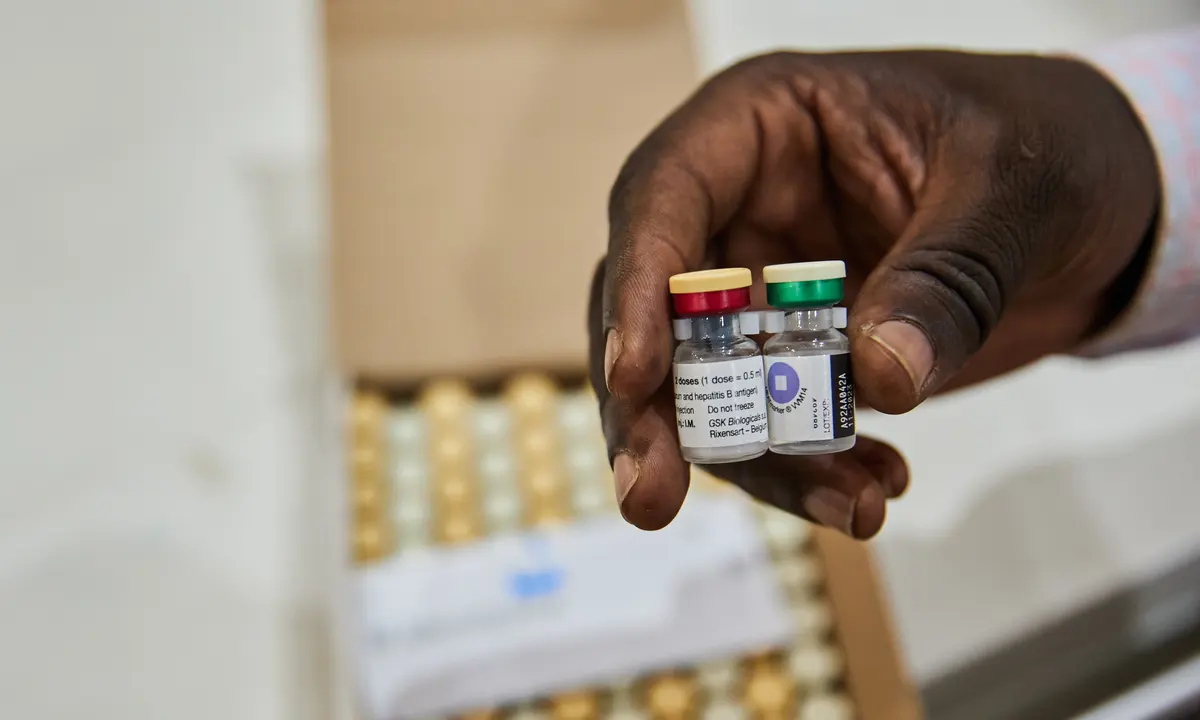The World Health Organization (WHO) has reassured the public that the risk of avian flu (H5N1) to the wider population remains low, following the first reported human death from the virus in the United States.
Avian Flu (H5N1): Current Situation
- Key Details:
- The death occurred in Louisiana, involving a man over 65 with underlying health conditions.
- Exposure was linked to chickens and wild birds.
- Cases in the U.S. have mainly affected farmworkers or those in close contact with infected poultry or cattle.
- WHO Assessment:
- The H5N1 virus is not circulating among humans but occasionally jumps from animals to humans.
- There is no evidence of sustained human-to-human transmission.
- The risk to the general population remains low.
- Preventive Measures:
- WHO emphasized better protection for individuals working in animal industries.
- Surveillance in human and animal populations is ongoing to monitor the situation.
Human Metapneumovirus (hMPV): Overview
- Background:
- hMPV is a respiratory virus first identified in 2001 and has been part of the human population for decades.
- It causes symptoms similar to the common cold and primarily circulates during winter and spring.
- Current Situation in China:
- Rising respiratory infections, including hMPV, have been reported as part of the seasonal trend.
- Seasonal influenza remains the most common respiratory infection in China.
- Chinese authorities report normal hospital utilization and no emergency responses triggered.
- Severity:
- hMPV has a very low mortality rate, mainly affecting vulnerable groups such as the elderly, newborns, or those with weakened immunity.
General Recommendations
To prevent respiratory infections, including avian flu and hMPV, WHO recommends:
- Wearing masks in crowded or closed spaces.
- Improving ventilation in indoor settings.
- Practicing frequent handwashing.
WHO continues to monitor both viruses closely, emphasizing the need for vigilance in high-risk industries and seasonal preparedness for respiratory infections.



